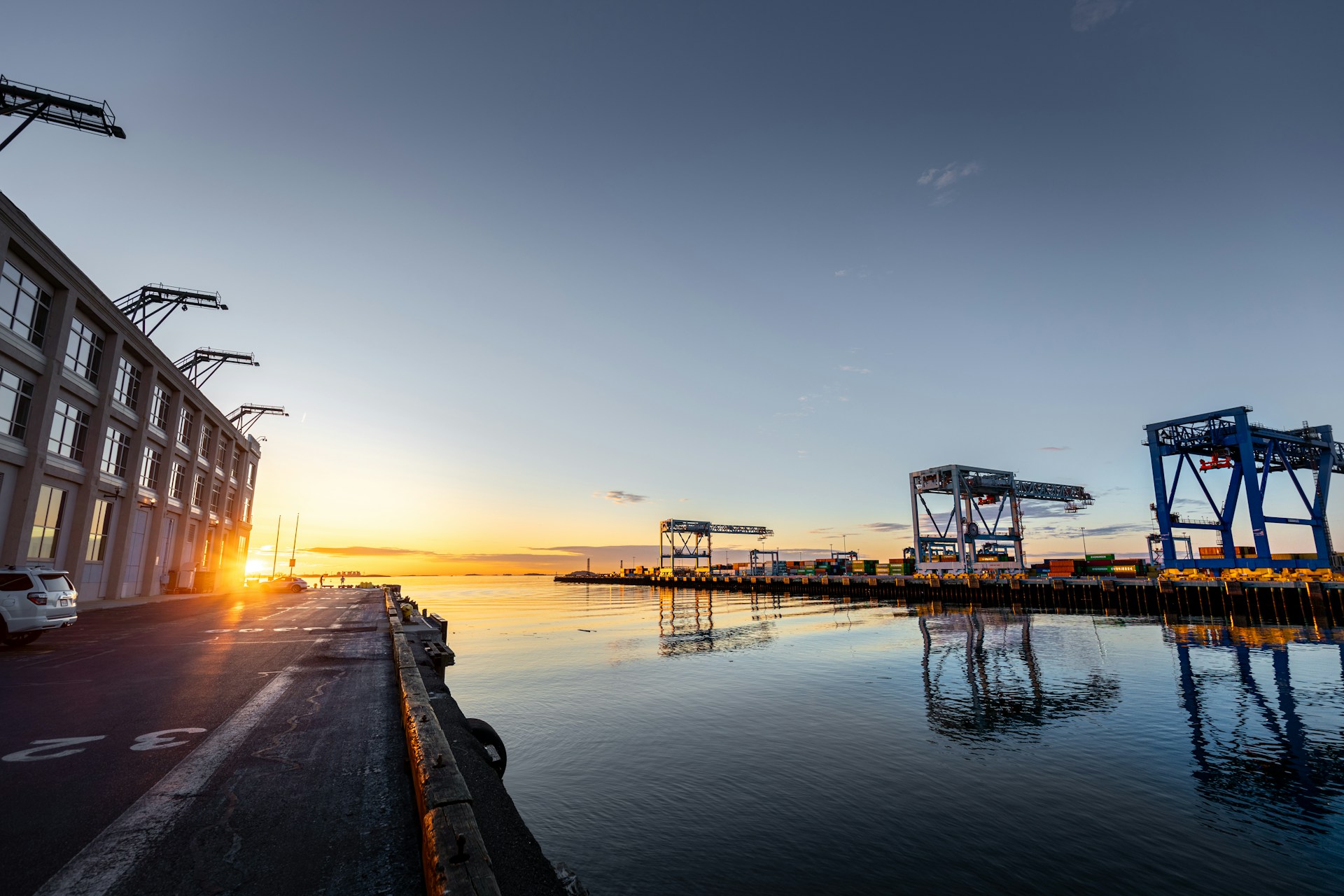US Considers Hefty Fees, Restricting Chinese Maritime Ties

The United States is mulling over the imposition of substantial fees on Chinese-built vessels docking at its ports, while simultaneously tightening regulations on Chinese ownership of domestic terminals.
Following a months-long investigation initiated by the Biden administration, the U.S. Trade Representative (USTR) has detailed a range of measures aimed at countering China’s strong presence in maritime sectors—particularly in shipbuilding. Now, former President Donald Trump must decide whether to implement these recommendations.
The USTR proposal recommends that fees at U.S. ports for Chinese-built ships could reach up to $1.5 million per call. The language of this proposal is broad enough to affect any shipping operator with even one Chinese-built vessel in its fleet or on order.
In its report, the USTR alleges that Beijing benefits from artificially low labor costs, coerces technology transfers, and engages in intellectual property theft, among other practices.
A spokesperson for China’s Ministry of Commerce in Beijing commented: “The US measures will not only fail to revitalize its shipbuilding industry but will also raise shipping costs on related routes, exacerbate its domestic inflation, reduce the global competitiveness of US goods, and hurt the interests of its port operators and dockworkers.”
Should the aim be to dramatically increase costs, this proposal appears well-suited to achieve that.
In an effort to rejuvenate its flagging shipbuilding industry, the US has been working with Korean and Japanese shipbuilders. Furthermore, one of Trump’s early moves upon returning to power was to impose a flat 10% tariff on Chinese imports.
Additional suggestions from the USTR to reclaim maritime control call for an increased reliance on U.S.-flagged ships. The agency proposes that U.S. operators move 1% of American export products on domestic vessels, boosting that share to 5% within three years and reaching 15% by the seventh year.
Lars Jensen, head of container advisory at Vespucci Maritime, remarked on LinkedIn, “If the intention is to drastically increase costs for US importers and make US exports uncompetitive, this proposal is likely to do the job.”
It now falls to the president to determine if these USTR recommendations will be enacted.
Additionally, a recent White House executive order might effectively halt Chinese investment in American ports. The Trump administration’s new America First Investment Policy asserts that critical U.S. infrastructure, including shipping terminals, must not fall under Chinese control.
China’s state-owned COSCO, recognized as the world’s largest shipping company, holds interests in the port of Long Beach through its subsidiary, OOCL.
In the final weeks of the Biden administration last month, COSCO was added to a list compiled by the U.S. Department of Defense of Chinese shipping-related companies alleged to have links to the People’s Liberation Army. Although inclusion on this Pentagon list does not trigger direct penalties, it discourages U.S. firms from engaging with companies that Washington deems military-affiliated.